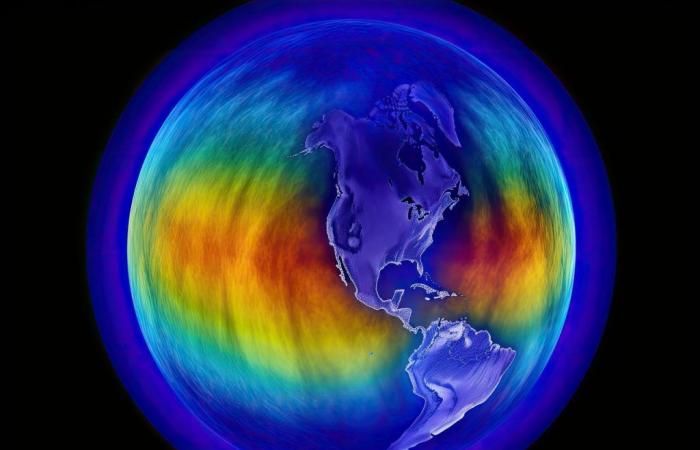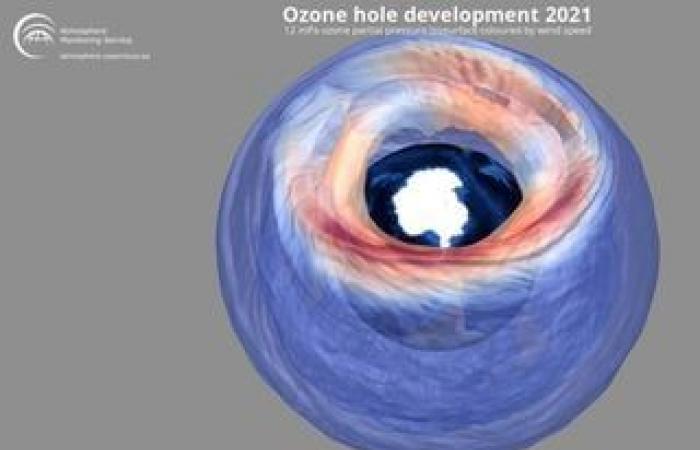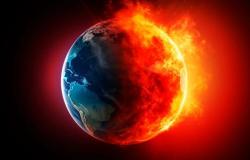In an article published last Tuesday in the magazine Nature Climate Change, researchers announced excellent news for our ozone layer: After peaking in 2021, The concentration of hydrochlorofluorocarbons (HCFCs) in the atmosphere is declining much faster than expected. How to explain?
Thank you Montreal Protocol!
In 1987, an international commitment under the auspices of the United Nations, known as the Montreal Protocol, laid the foundation for the elimination of chlorofluorocarbon (CFC) productiongaseous substances that deplete the ozone layer and are used in aerosols, refrigeration, air conditioning and foam blowing.
However, since manufacturers always come up with new ideas, Hydrochlorofluorocarbons (HCFCs) quickly took their place: these gases are very effective at absorbing hot air and producing cold airand are currently found in air conditioners, refrigerators and automobile cooling systems.
These gases are harmful to the ozone layer, which protects us from both the sun’s UV rays and greenhouse gases. Therefore, the peak reached in the concentration of HCFCs in the atmosphere in 2021 It’s good news, but it is still necessary to reduce this pace
Now it’s a closed matter, thanks to the Montreal Protocol, even 5 years ahead of schedule!
Successful collective action
The conclusion is that, even several years after the reduction of CFCs, international commitments to protect the ozone layer are especially effective: one of the researchers, author of the study, speaks of “success”, since the level of chlorine from HCFCs, which destroys the ozone layer, is clearly decreasing.
To determine these good results, the researchers used measurements from a network of specialized stations, as well as data from the US meteorological agency NOAA. By expanding the curves, it is easy to estimate that, by the end of the 2080s, the level of HCFCs in the atmosphere will have returned to that of the 1980s.
WMO: “the ozone layer is expected to recover by 2066”

HCFC emissions into the atmosphere have begun to decrease thanks to the introduction of strict controls in the industry, but also the promotion of alternatives that respect the ozone layer.
Researchers speak of a “successful collective action in favor of the environment”. According to the United Nations, the ozone layer should progressively “recover” between now and 2065.
News references:
A harmful gas for the ozone layer is in decline plus everything that was previously said, according to a study – France Info
A decrease in radiative forcing and equivalent effective chlorine from hydrochlorofluorocarbons – Nature








